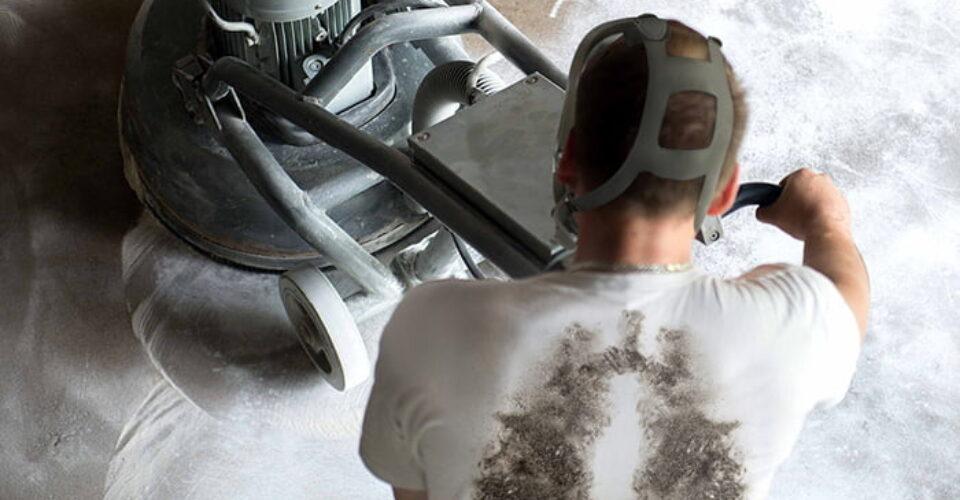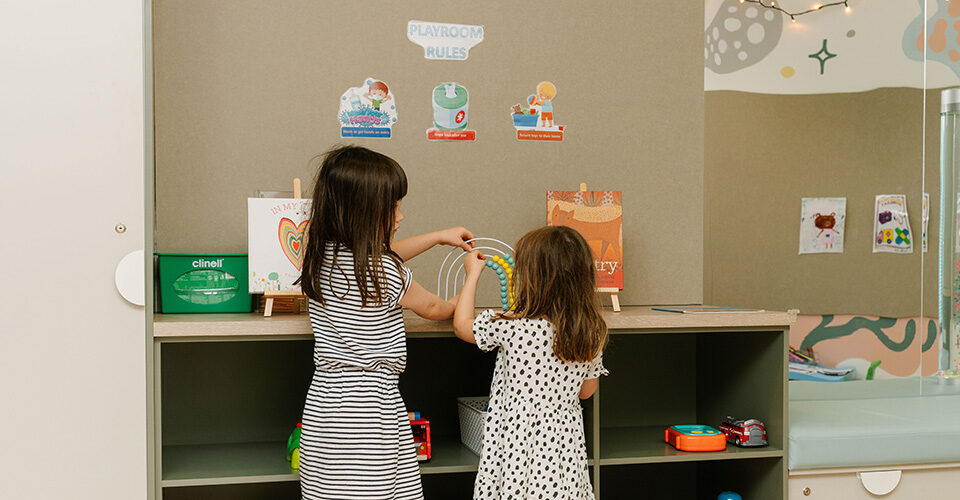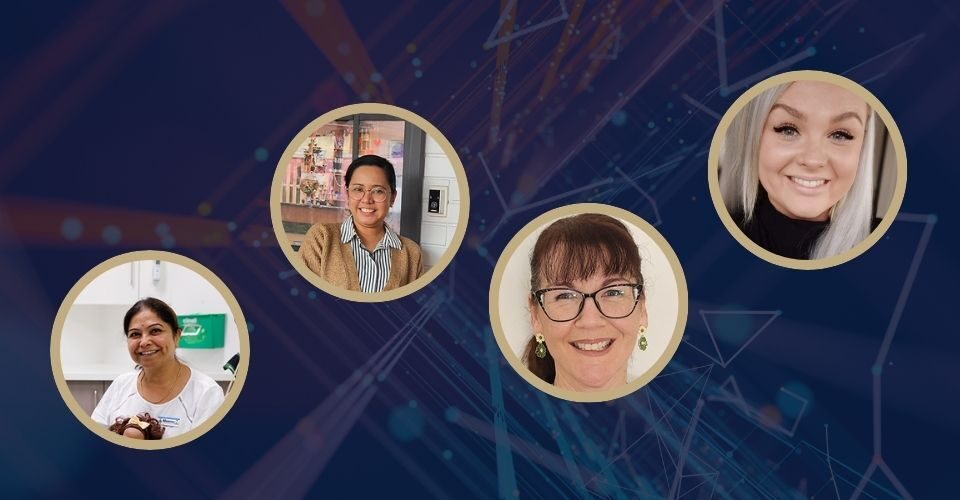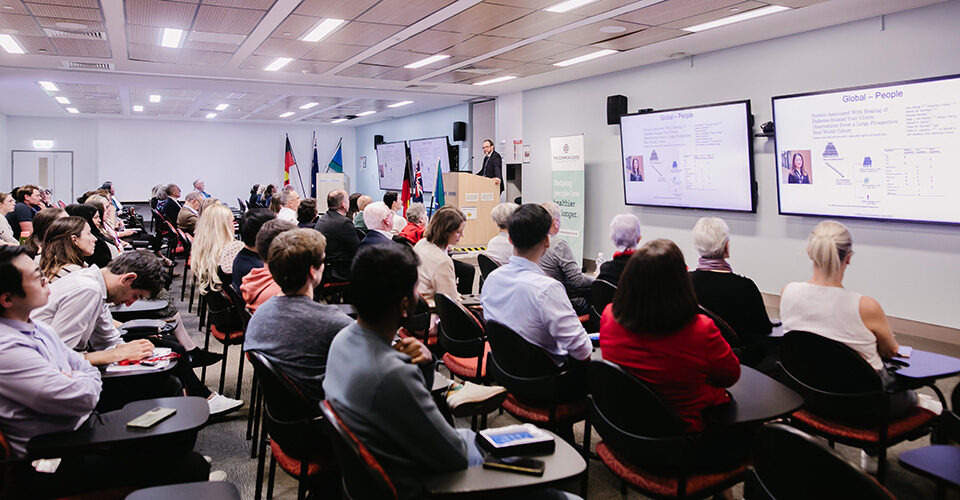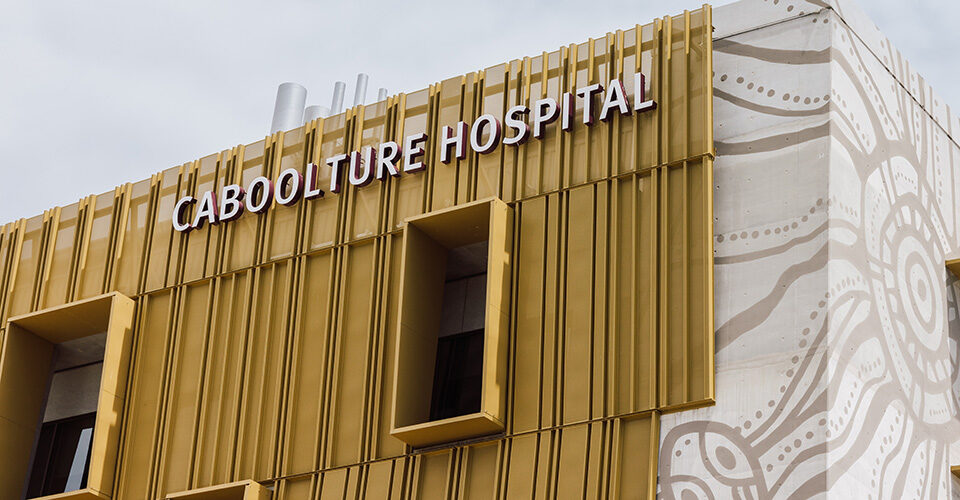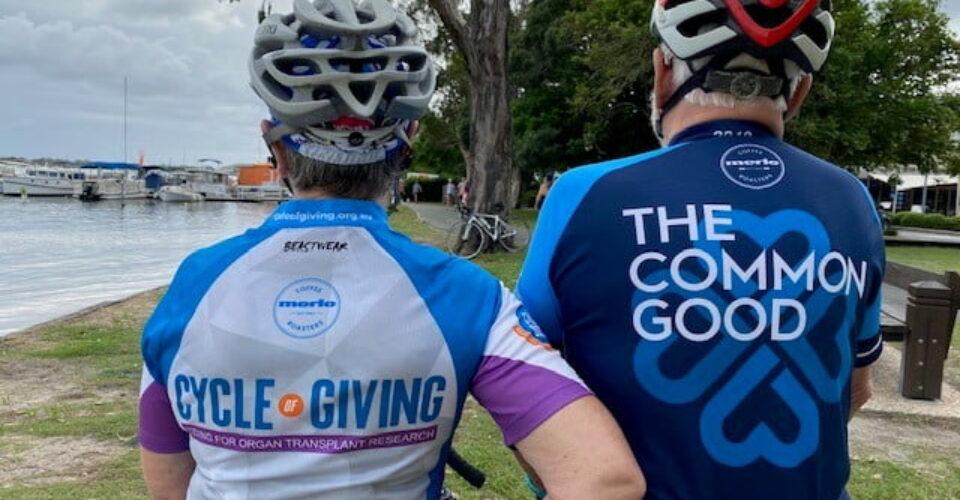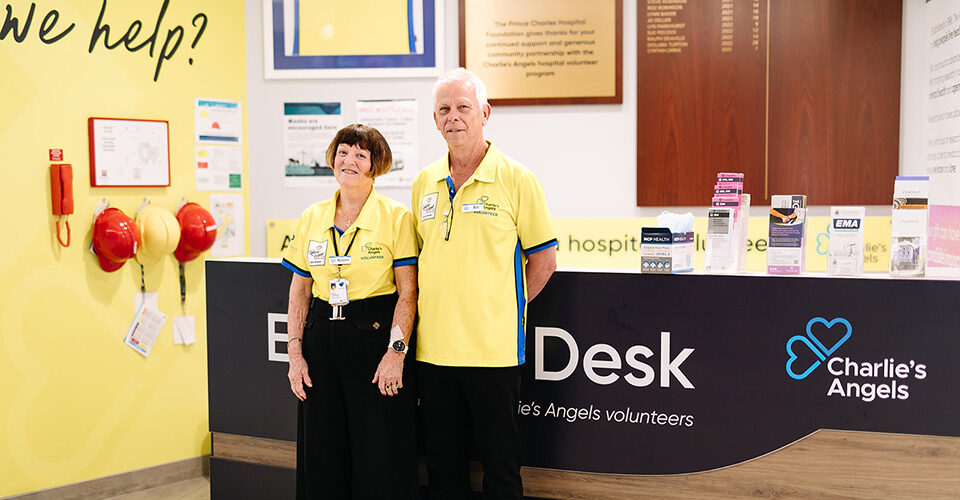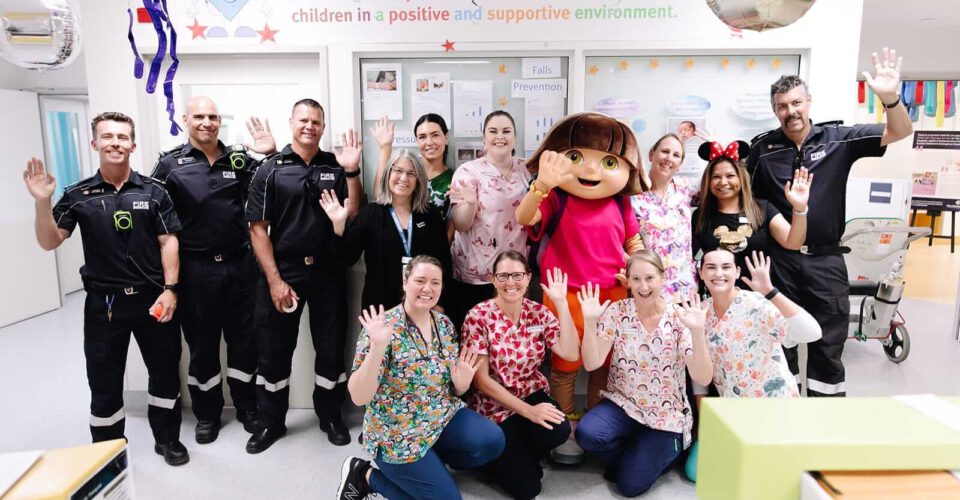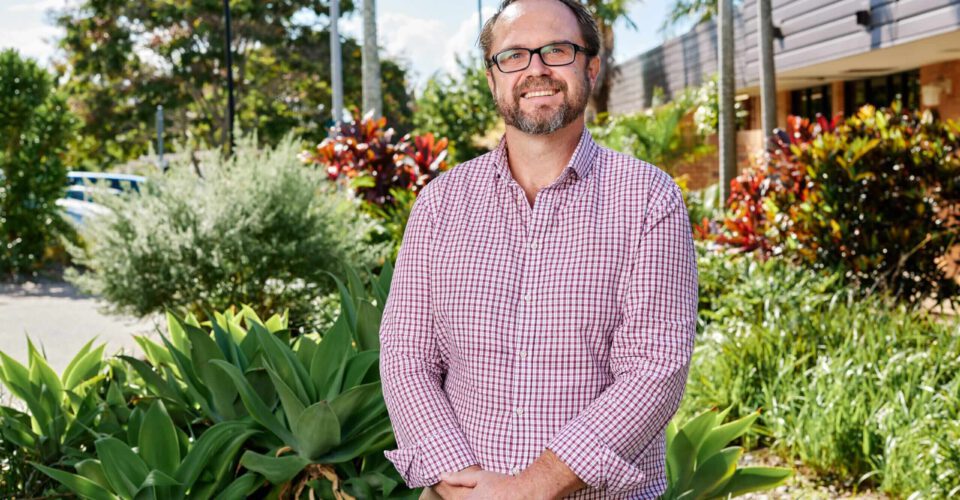The month of October is National Safe Work Month with the Week Three theme being Clean Air, Clear Lungs, focusing on occupational lung diseases. Occupational lung diseases are conditions of the respiratory system caused by workplace exposure to hazardous chemicals and dust [1]
There are a wide range of occupations that are at risk of developing occupational lung disease including manufacturing, construction, agricultural and engineered stone workers.

Lung Foundation Australia’s focus on dangers of silica
This National Safe Work Month, The Common Good are supporting Lung Foundation Australia’s focus on the dangers of silica dust. Silica is a mineral that occurs naturally in soil, sand, granite and many rocks but is also found in commercial products such as artificial (engineered) stone, bricks, concrete, tiles and mortar. Products such as engineered stone, commonly used in kitchen and bathroom benchtops, are estimated to have a 90% higher concentration of silica than natural stone [2].
When products containing silica are cut, ground, drilled or polished a fine dust is produced. When this dust is inhaled it causes inflammation and the eventual scarring of lung tissue. This causes a stiffening of the lungs, making it difficult to breathe. This disease is referred to as silicosis [3].
Silicosis on the rise and affecting younger workers
The popularity of high-silica products such as engineered stone in the building industry has seen a rise in cases of silicosis. A comprehensive screening of nearly 1,053 Queensland tradespeople found 179 cases of silicosis (or 17%). In addition, a further 32 were diagnosed with progressive massive fibrosis – an advanced form of the disease [4]. Many of those diagnosed were young workers, with some as young as 25 years old.
Healthy Lungs at Work Quiz
During National Safe Work Month, Lung Foundation Australia are encouraging anyone who may have worked with hazardous material such as silica dust to take the Healthy Lungs at Work Quiz. The anonymous quiz takes only a few minutes and will help workers to determine if they might be at risk of developing an occupational lung disease like silicosis.

World-first treatment provides hope for silicosis sufferers
Although the rates of silicosis diagnosis are devastating, medical research is giving hope to sufferers. Clinicians and researchers from The Prince Charles Hospital (TPCH) and The University of Queensland have developed a ground breaking new treatment for early-stage silicosis. The treatment, whole lung lavage, involves washing the toxic silica crystals out of the lungs with 25 litres of warm saline solution in a four to five-hour procedure. To determine if whole lung lavage would be effective against silicosis, TPCH researchers led by Dr Simon Apte and Professor Dan Chambers developed a new diagnostic technique allowing clinicians to directly measure silica levels in patient’s lungs.
Find out more about how The Common Good supports medical research into silicosis here.
How you can help
The Common Good is investing in important research into silicosis and we would always welcome more public support. When you back our lung health research teams, every dollar you donate is directed towards research into this area. You can help us make a difference here.
Read more about Lung Foundation Australia’s National Safe Work Month campaign.
[1] Safe Work Australia. Clean Air. Clean Lungs. https://www.safeworkaustralia.gov.au/clearlungs date accessed October 14 2021.
[2] Leso V, Fontana L, Romano R, et al. Artificial Stone Associated Silicosis: A Systematic Review. Int J Environ Res Public Health 2019;16:568
[3] Lung Foundation. Know the rules when using your tools: National Safe Work Month. https://lungfoundation.com.au/lung-health/protecting-your-lungs/occupational-lung-disease/know-the-rules-when-using-your-tools/ date accessed October 14 2021.
[4] The Common Good. World First Treatment for Silicosis Underway at The Prince Charles Hospital. https://www.thecommongood.org.au/news/world-first-treatment-for-silicosis-underway-at-the-prince-charles-hospital/ date accessed October 14 2021.
